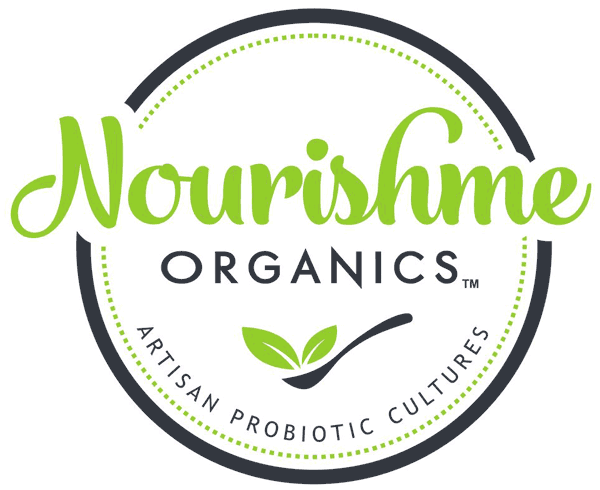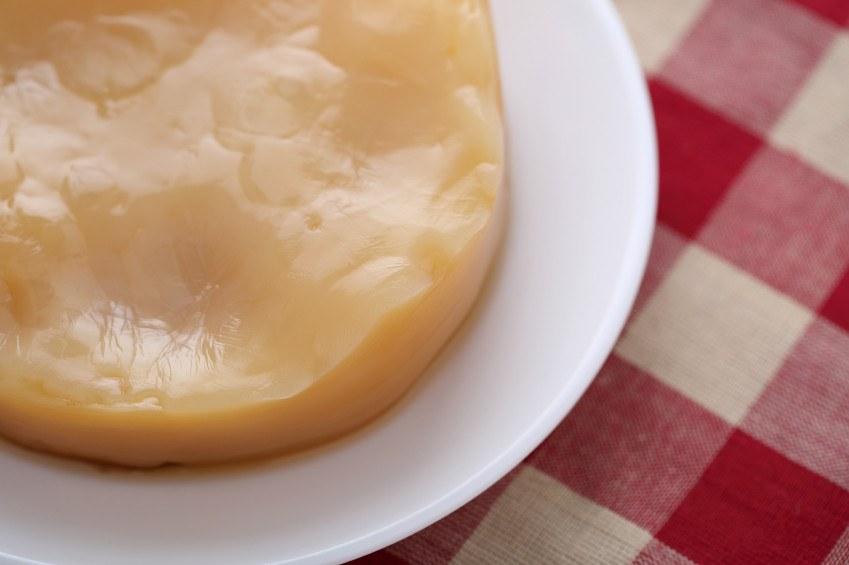-
Toko
- Mulai di sini
- Penjualan Terbaik
- Apa yang Baru
- Merek
- Probiotik Aktif
- Bioklinik Alami
- Biogaia
- Pencarian Bioti
- Bio tubuh
- Sel Inti
- Informasi Umum
- bunga
- Gel Pro
- Kefirko
- D Rendah
- Puncak Mason
- Laboratorium Medis
- Saus Pedas Melbourne
- Pemeliharaan Metabolisme
- Laboratorium Mikrobioma
- Kesehatan Mito
- Ibu Kotoran
- Nourishme Organik
- Mencegah
- Pembuktian
- Enkapsulasi Murni
- Qenda
- Quicksilver Ilmiah
- Nutrisi yang diteliti
- duri
- Bahasa Indonesia: VSL3
- Vivomixx
- Bundel
- Rinitis Alergi
- Anti Penuaan
- Buatan Australia
- Kecantikan
- Peretasan biologis
- Kaldu Tulang
- Buku
- Kandida
- Keju
- Anak-anak
- Pembersihan
- Kolagen
- Kolostrum
- Sembelit
- Detoksifikasi
- Air yang Kekurangan Deuterium
- Diare
- Serat Makanan
- Enzim Pencernaan
- Disbiosis
- Disfungsi ereksi
- Kehilangan Lemak
- Fermentasi
- Sayuran Fermentasi
- Makanan Lezat
- Kebun
- Kartu Hadiah
- Kesehatan Usus
- Rambut Rontok
- Logam Berat
- Bakteri H.pylori
- Penyakit radang usus besar (IBS)
- Kesehatan Imun
- Kefir
- Kombucha
- Usus Bocor
- FODMAP rendah
- Jamur Obat
- Mati haid
- Kesehatan Mental
- Konsultasi Mikrobioma
- miso, koji, natto
- Kesehatan Mitokondria
- Cetakan
- Multivitamin
- Kesehatan Mulut
- Organik
- Paleo/ Karnivora
- Sepen
- Parasit
- Kesehatan Hewan Peliharaan
- Postbiotik
- Prebiotik
- Persiapan
- Probiotik
- Terapi Cahaya Merah
- Surutnya
- Artritis reumatoid
- Protokol Akar Penyebab
- Fermentasi Kedua
- SIBO
- Perawatan Kulit
- Tidur
- Penghuni pertama
- Nutrisi Olahraga
- Tumbuh
- Menekankan
- Suplemen
- Tempe
- Testosteron
- Jambangan
- Bepergian
- Makanan sehat
- Penurunan Berat Badan
- Yogurt
- Zeolit
-
Toko
- Belanja Semua
- Mulai di sini
- Penjualan Terbaik
- Berdasarkan Produk
- Buatan Australia
- Buku
- Karnivora
- Keju
- Kolagen
- Kolostrum
- Detoksifikasi
- Air yang Kekurangan Deuterium
- Enzim Pencernaan
- Aksesoris Fermentasi
- Sayuran Fermentasi
- Makanan Lezat
- Kartu Hadiah
- Suplemen Kesehatan Usus
- Kefir
- Kombucha
- L. Reuteri
- jamur
- miso, koji, natto
- Multivitamin
- Ekstrak Alami
- Postbiotik
- Prebiotik
- Probiotik
- Fermentasi Kedua
- Penghuni pertama
- Nutrisi Olahraga
- Sprouting
- Budaya Pemula
- Suplemen
- Tempe
- Yogurt
- Zeolit
- Berdasarkan Merek
- Rumah & Kecantikan
-
Mempelajari
- Video
- Resep
- Kelompok Dukungan
- Pemula Mulai di Sini
- Lokakarya Fermentasi
- Seri Panduan Utama
- Fermentasi Kedua
- Cara Membuat:
- Susu Kefir
- Kefir Air
- Kefir Santan Kelapa
- Kefir Air Kelapa
- Susu Almond Kefir
- Kombucha
- Juni Kombucha
- Viili
- Filmjolk
- Fermentasi Kedua
- Butiran Kefir Susu Kering
- Butiran Kefir Air Kering
- Beras Koji
- Miso Putih
- Tempe
- Yogurt Probiotik
- Sayuran Fermentasi
- Yogurt Kelapa Vegan
- Kecambah
- Natto
- Roti Asam Levain
- Cuka sari apel
- Krim asam
- Susu Mentega Fermentasi
- Cultured Butter
- Yogurt L. reuteri
- Apa itu Kefir
- Apa itu Kombucha
- DDW Dilution Calculator
- Ulasan
- Tentang kami
- Blog
- Siniar
- Hubungi kami
Bagaimana Cara Membuat Kombucha?
Selamat datang di panduan utama kami tentang cara membuat kombucha buatan sendiri! Jika Anda tertarik dengan popularitas minuman fermentasi ini yang semakin meningkat tetapi tidak yakin harus mulai dari mana, Anda telah datang ke tempat yang tepat.
Membuat kombucha di rumah melibatkan proses fermentasi yang menarik yang menggabungkan ragi, bakteri, dan teh untuk menciptakan minuman yang kaya akan probiotik dan antioksidan. Inti dari proses ini adalah kultur simbiosis bakteri dan ragi, yang dikenal sebagai SCOBY.
Hari ini, kami akan memandu Anda melalui resep kombucha yang sederhana namun terperinci, termasuk kiat-kiat tentang cara menyimpannya. Jadi, mari kita mulai membuat kombucha buatan Anda sendiri!
Bahan-bahan:
- 1 kombucha SCOBY atau kombucha starter (termasuk 100ml cairan starter yang hanya cukup untuk membuat 1 L)- 1/4 cangkir gula berkualitas baik (kami sarankan gula rapadura organik atau gula tebu mentah organik )
- 1 liter air
- 2 kantong teh hitam organik atau 4 sendok teh teh sarapan Inggris prebiotik
Peralatan
- 1 pot kombucha- toples kombucha
- ketel atau panci untuk merebus air
atau
Instruksi:
a) Didihkan air dan tambahkan kantong teh atau teh daun lepas. Matikan api dan biarkan teh meresap selama lima menit, lalu angkat tehnya.b) Setelah minuman kombucha agak dingin, tambahkan gula dan aduk hingga larut.
c) Dinginkan teh manis hingga suhu ruangan, lalu tuang seluruh minuman ke dalam stoples kaca.
d) Masukkan SCOBY kombucha atau potongan starter kombucha beserta seluruh cairan starter ke dalam toples, aduk rata, lalu tutup toples dengan kain dan karet gelang.
e) Biarkan teh berfermentasi pada suhu ruangan hingga 7 hingga 10 hari agar SCOBY baru terbentuk (dalam cuaca panas, fermentasi berlangsung lebih cepat). Cicipi teh kombucha setelah mencapai 3 hari fermentasi untuk merasakan rasanya. Teh kombucha akan terasa asam dan sedikit manis. Semakin lama Anda membiarkan fermentasi, semakin banyak gula yang terfermentasi dan semakin asam/asam minuman tersebut.
f) Bila teh kombucha sudah mencapai rasa yang Anda sukai dan SCOBY baru telah terbentuk, keluarkan SCOBY* yang baru terbentuk dan 100 ml teh kombucha untuk memulai pembuatan adonan baru dan ulangi prosesnya.
g) Anda dapat langsung meminum sisa teh kombucha atau mendinginkannya.
h) Jika Anda menginginkan minuman kombucha yang lebih berbusa (juga dikenal sebagai fermentasi sekunder), tuangkan teh kombucha ke dalam botol kaca dan tutup rapat, lalu diamkan pada suhu ruangan. Setelah 1 hingga 2 hari, Anda dapat meminumnya atau menyimpannya di lemari es.
i) Jumlah kombucha yang lebih banyak dapat disiapkan dari batch kedua dan seterusnya, dengan menambah bahan-bahan secara proporsional. *SCOBY yang baru terbentuk mungkin akan menempel di atas SCOBY yang lama, dalam kasus ini, cukup sobek SCOBY yang baru untuk digunakan dengan batch yang baru.
Penyimpanan:
- Kombucha SCOBY dapat disimpan dalam lemari es hingga dua minggu atau hingga dua tahun dalam freezer saat tidak difermentasi. Teh kombucha dapat disimpan dalam lemari es hingga dua minggu.
Catatan Tambahan:
a) SCOBY baru (lapisan bening pada permukaan minuman) akan terbentuk sebagai produk sampingan fermentasi, biasanya setelah 5 hari fermentasi. Pertumbuhan SCOBY baru dapat bervariasi. Tidak jarang melihat bercak-bercak buram bulat dan/atau tentakel seperti ubur-ubur berwarna cokelat terbentuk di bawah SCOBY. Bercak-bercak bulat ini bukanlah jamur kecuali jika terdapat pertumbuhan berbulu hijau yang biasanya dihasilkan oleh jamur. Jika ada jamur yang terlihat, buang minuman tersebut dan mulailah dengan starter baru.b) Jamur dapat terbentuk pada kultur jika minuman tersebut tidak cukup asam - biasanya karena starter yang digunakan tidak mencukupi. Jamur juga dapat terbentuk karena kebersihan yang buruk. Jika terdapat jamur pada kultur Anda, buanglah dan jangan ambil risiko meminumnya.
c) Harap diperhatikan bahwa semua makanan fermentasi mungkin mengandung sedikit alkohol. Jika makanan fermentasi disiapkan untuk anak-anak, ibu menyusui, atau wanita hamil, harap berkonsultasi dengan dokter terlatih sebelum mengonsumsi produk ini.
Pertanyaan yang Sering Diajukan
Berikut ini beberapa pertanyaan yang sering diajukan beserta jawabannya tentang pembuatan kombucha:
T: Apa itu kombucha?
J: Kombucha adalah minuman teh fermentasi yang dibuat dengan cara memfermentasi teh manis dengan kultur simbiosis bakteri dan ragi (SCOBY). Minuman ini dikenal karena rasanya yang asam dan manfaat kesehatannya yang potensial karena kandungan probiotiknya.
T: Apakah kombucha aman untuk diminum?
J: Bila dibuat dengan benar, kombucha aman untuk diminum dan menawarkan berbagai manfaat kesehatan karena kandungan probiotiknya. Namun, orang dengan sistem kekebalan tubuh yang lemah, ibu hamil, dan anak kecil sebaiknya berkonsultasi dengan dokter sebelum mengonsumsinya.
T: Apa saja manfaat kesehatan potensial dari kombucha?
J: Kombucha diyakini memiliki berbagai manfaat kesehatan potensial, termasuk pencernaan yang lebih baik, sistem kekebalan tubuh yang lebih kuat, detoksifikasi, dan peningkatan kadar energi. Namun, penelitian lebih lanjut diperlukan untuk memastikan manfaat ini.
T: Bisakah saya membuat kombucha di rumah?
J: Ya, kombucha dapat dibuat dengan mudah di rumah menggunakan beberapa bahan dan peralatan sederhana. Prosesnya meliputi menyeduh teh manis, menambahkan SCOBY dan teh starter, lalu membiarkannya berfermentasi selama beberapa waktu.
T: Berapa lama waktu yang dibutuhkan untuk membuat kombucha di rumah?
A: Proses fermentasi biasanya memakan waktu 7-10 hari, tergantung pada faktor-faktor seperti suhu dan selera. Proses ini mungkin memakan waktu lebih lama pada suhu dingin dan lebih singkat pada suhu hangat.
T: Bisakah saya memberi rasa pada kombucha buatan saya?
A: Ya, Anda dapat membumbui kombucha buatan sendiri selama tahap fermentasi kedua dengan menambahkan buah-buahan, jus, herba, atau rempah-rempah ke dalam botol sebelum menutupnya rapat-rapat.
T: Bagaimana cara menyimpan kombucha buatan sendiri?
A: Simpan kombucha yang sudah jadi di lemari es untuk memperlambat fermentasi dan mempertahankan rasanya. Kombucha dapat disimpan selama beberapa minggu.
T: Apa yang harus saya lakukan jika saya melihat jamur pada SCOBY saya?
J: Jika Anda melihat jamur, buang seluruh campuran kombucha dan mulailah dengan SCOBY baru dan teh starter. Jamur dapat muncul karena kebersihan yang buruk atau kondisi fermentasi yang tidak tepat.
T: Bagaimana saya bisa tahu apakah kombucha saya siap diminum?
A: Cicipi kombucha Anda setelah 7 hari fermentasi. Rasanya harus asam dan sedikit manis. Semakin lama Anda memfermentasinya, rasanya akan semakin tidak manis.













